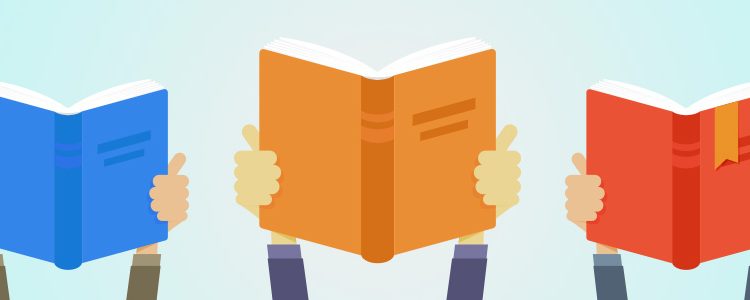How to Engage the Attention of the Reader in Your Research Paper

Good research, backed up by structured and attractively presented content created specifically for the target audience makes for an engaging article, which is bound to be read and cited often!
Every writer wants to make sure that the attention of the reader is not wavered. That is why we have provided some writing advice and tips that will help to engage the attention of your readers. Making the reader read your entire paper is key to being a successful writer. A reader completes reading the whole paper only when it grabs his attention. There are several aspects that are critical to capturing the attention of the reader and maintaining a high level of engagement throughout the length of the article. An author has to strike the right balance between several different and at times conflicting considerations for this purpose. The content of the article should be characterized by accurate language and expression to maximize impact.
Title
The title should grab the attention of the reader and describe in a few words what the article is about. It is the title that piques the interest of the reader in the topic. The title is the first thing that the reader will read before deciding whether or not to read the entire article.
Abstract and Keywords
Choose keywords most appropriate to your work. The abstract should summarize and highlight all aspects of the article, motivate the reader to venture further into the article, and be limited to the word count specified by the journal. Remember that there may be many readers who will read only the abstract (this may be partly due to the fact most journals provide free access to abstracts).
Introduction
The introduction should be written such that it states the novelty and impact of the research and outlines the approach adopted in pursuit of the goals. It provides the readers with the initial impression of the overall quality of your work. A well-written and engaging introduction will encourage your readers to read further.
Experimental Section
The methods section should describe the experimental design and materials used in the study. Find a balance between keeping this section short and finding a way to include all relevant information. There should be enough detail so that the experiment can be replicated.
Results
This section is the easiest section to write because here you only state the results of the study. Graphs and tables can be included if there is too much data to include in the text. Only write the data here but do not discuss the significance.
Discussion
The discussion should provide a detailed interpretation of the results. It should be supported by schematic diagrams, images,or graphs wherever necessary. Artwork should conform to journal specifications. Here discuss the implication of the results in the study field, advantages and limitation of the study, and scope of the research in future.
Conclusion
The conclusion is the final part of the main text, tying together your entire research. It is a brief synopsis of the overall impact of the study and its significance within the specified field or beyond should be persuasively delineated. Possible future research directions should be mentioned.
References/Bibliography
References are extremely essential to give credit to other researchers and to avoid plagiarism. It is important to adhere to the specifications of the target journal.









